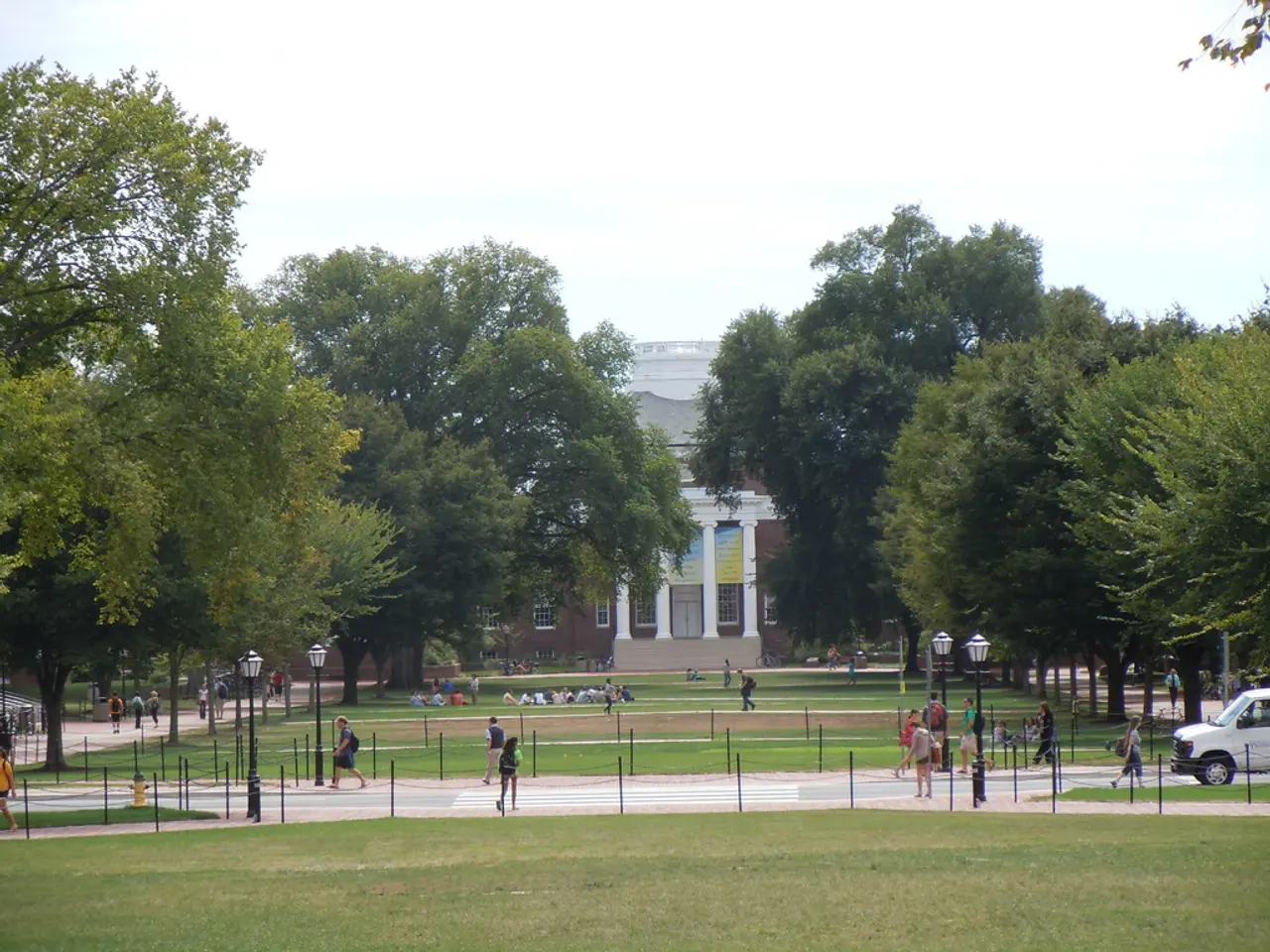Exploring the Evolution: The Chronicle of National Parks in American Historical Development
In 1872, the world's first national park was born with the establishment of Yellowstone National Park in the United States. This significant milestone marked the beginning of a long and storied journey in preserving the country's natural and cultural heritage.
President Ulysses S. Grant signed a bill that set aside nearly 3,500 square miles of land spanning Wyoming, Montana, and Idaho for protection. The unique geothermal features, wildlife, and natural beauty of Yellowstone were to be safeguarded from settlement or sale.
Since then, the national park system has grown through various landmark events and legislative acts. In 1877, the park received its first formal budget, and notable events like the Nez Perce Indian flight through Yellowstone occurred. The development of visitor infrastructure began in the 1880s, with the first hotels in the park, such as the Shack Hotel at Old Faithful (1885) and Lake Hotel (1891).
The U.S. Army was brought in to manage the park in the 1880s, establishing Camp Sheridan at Mammoth to prevent poaching and vandalism. The Lacey Act, the first National Park Protection Act, was passed in 1894, making killing wildlife illegal within the park, marking a legal shift toward conservation.
The Antiquities Act was passed in 1906, allowing presidents to declare national monuments and broaden preservation outside parks. In 1916, President Woodrow Wilson signed the Organic Act, creating the National Park Service (NPS) as a federal agency dedicated to managing and preserving national parks. The NPS entered Yellowstone by 1918 after the Army's management ended.
Throughout the 20th century and beyond, the national park system expanded to include many more parks across the U.S., with continual additions of natural, historic, and cultural sites protected under NPS management. Yellowstone itself evolved as a symbol and model for this system, balancing visitor access with preservation of its vast wilderness, wildlife, and geothermal features.
National parks offer numerous educational and environmental benefits, serving as living classrooms where visitors can learn about conservation efforts, wildlife preservation, and sustainable practices. The idea of preserving natural landscapes and wildlife for future generations gained momentum, leading to the creation of more national parks across the country.
The challenges and controversies facing national parks in American history include threats to park lands, debates over land use and conservation practices, and issues related to climate change. Natural disasters such as wildfires, floods, and hurricanes pose a significant threat to park lands, causing extensive damage to ecosystems and infrastructure.
One of the primary threats to national park lands is development and commercialization, which can lead to habitat destruction, pollution, and the loss of biodiversity. Through conservation efforts and sustainable management practices, National Parks ensure that these valuable resources are protected for years to come.
The story of national parks in American history is a testament to the country's commitment to preserving its natural beauty and heritage for future generations. Figures like Theodore Roosevelt and John Muir played crucial roles in this conservation movement, advocating for the protection of the environment and the establishment of national parks.
Today, the national park system comprises over 400 sites, including national parks, monuments, historic sites, and more. Each park tells a unique story of America's natural and cultural history, providing a valuable resource for education, recreation, and inspiration.
Environmental science and education-and-self-development intertwine in the national park system, providing opportunities for visitors to learn about conservation efforts and sustainable practices. For instance, Yellowstone National Park, established in 1872, has evolved as a symbol and model for this system, offering insights into preserving wilderness, wildlife, and geothermal features for future generations.




